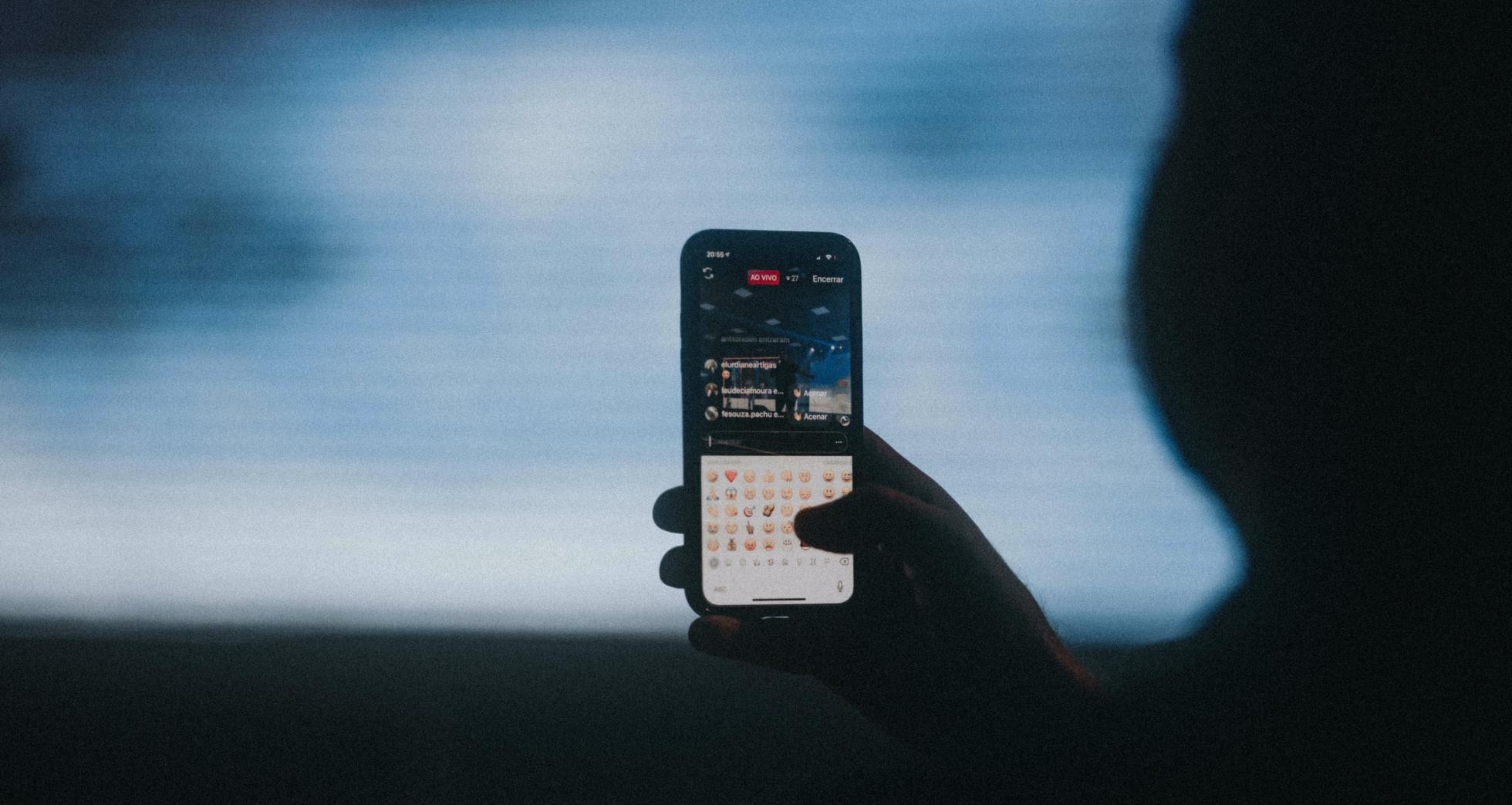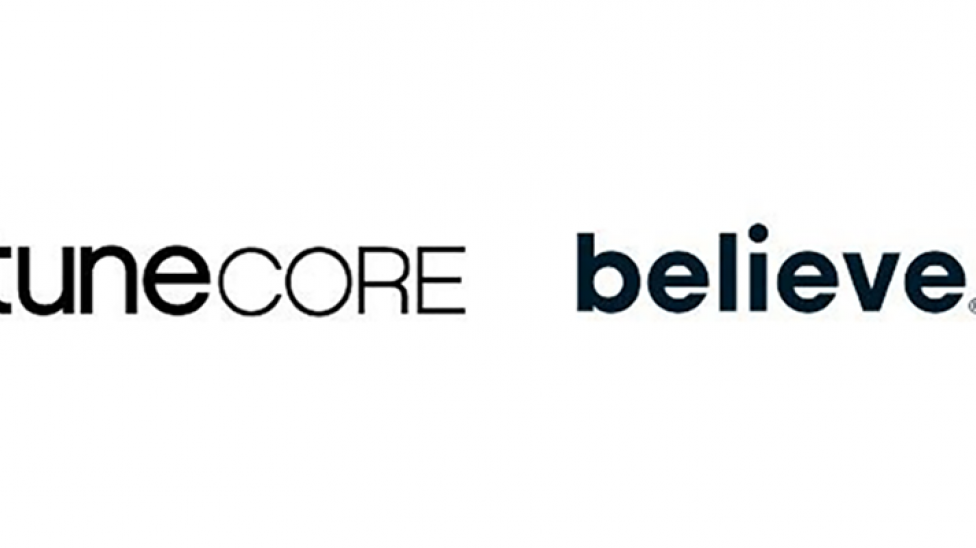
Live and direct: how livestreaming went supernova

At the very start of 2020, livestreaming was an intriguing, but niche, activity for musicians. For those experimenting with its potential, it was proving to be an interesting new way to engage with fans or to try out new material in front of a select audience. But the main focus for musicians here was always touring and playing in venues or festival sites full of people.
The impact of the global pandemic was profound and terrifying for everyone. For many musicians, it also meant an immediate halt to much of their work and the disappearance of a significant source of income. Livestreaming, out of necessity, had to quickly go mainstream and shoulder enormous expectations.
Existing platforms like Facebook, Instagram, Twitch and YouTube all had livestreaming capabilities and provided a useful interim solution for many. Zoom, a company that launched in 2012 and which was used almost exclusively in the corporate and conferencing world, was suddenly everywhere. Then came a wave of acts experimenting with paid ticketing for their livestreamed shows, most notably Laura Marling livestreaming a show from London in June 2020 and Reol doing the same in Japan in August.
The real blockbuster moment for livestreaming, however, came with 756,000 BTS fans buying tickets to watch the stream of their Bang Bang Con: The Live show in the summer. Livestreaming had, from a standing start in March, gone global and mainstream within three months.
A huge number of existing livestreaming companies already working in live music (such as Bulldog) increased their activities here, others in live music added livestreaming to what they did (such as mobile ticketing company Dice, concerts listings and ticketing site Bandsintown and artist retail platform Bandcamp), and entirely new livestreaming companies were born overnight (most significantly Driift and Sessions).
This niche space was suddenly very busy and very vibrant, with solutions open to acts of all sizes and all budgets – even those with no budget.
Behemoth’s livestream spectacular sells 12,000 tickets
In early September 2020, Polish extreme metal band Behemoth performed a show from a secret church location in their home country that was ticketed and livestreamed to fans.
Because of the nature of some of the mature content in the In Absentia Dei show, it was only accessible by fans aged 18+. Despite this putting some limitations on the audience numbers, it still managed to sell 12,000 tickets.
Viewers were able to create their own interactive viewing experience by jumping across eight different camera feeds, or they could watch the director’s cut of the show.
Behemoth’s performance was broken into four separate acts, interspersed with pre-filmed vignettes, and was genuinely spectacular – with unholy symbols decorating the inside of the church, heavy use of pyrotechnics and darkly elaborate costumes. Alongside camera operators, the show deployed drones to give different angles on the show as it happened.
The stream also included a support show by US experimental metal band Imperial Triumphant (streamed from the Slipper Room Cabaret in New York). It was also made available for 72 hours after the event, fully understanding that global audiences cannot always watch such shows as they happen in real time.
“While nothing beats a live concert, Behemoth made up for it by creating a film-like event with a performance that they wouldn’t always be able to pull off live,” noted Metal Insider in its review of the show. Decibel, meanwhile, called it “a game-changer for concert livestreams”.
Putting the spotlight on Indian folk music
If the Behemoth livestream was about the bombastic, Let’s Folk Together! was very much about the small and intimate.
It was a digital concert series put together by Believe Entertainment in association with the Anahad Foundation as a relief fundraiser to help Indian folk artists during the pandemic. Many musicians had to remain in their home villages and were cut off from the major cities as they were unable to travel or perform. The idea behind Let’s Folk Together! was to use livestreaming to bring their music to the world.
The series ran from 9am on 24 April until sundown on 3 May, with a multitude of artists performing 15-minute sets from their homes, all broadcast via YouTube.
“Pre-pandemic the livestream market for music was almost non-existent,” says Warren de Sylva, chief creative officer at Believe Entertainment in India, noting how this was all pulled together with lightning speed. India went into lockdown in March and Let’s Folk Together! happened in April, just four weeks later – a phenomenal undertaking.
“Obviously, these were early days, so it was difficult to co-ordinate and remotely direct video shoots as artists went live from their phone cameras and iPads,” de Sylva says of the technical challenges here. “We needed each artist to clearly understand the process and the format of the show. We developed detailed how-to videos that explained the setup process.”
Because of internet connectivity challenges in rural India, each participating artist was provided with high-speed USB internet data, with some performances being recorded in advance and dropped into the YouTube livestream to avoid any hitches.
It was important, says de Sylva, to shine a light on musicians who might otherwise have been forgotten during this time.
“Folk music in India is very much a part of our cultural heritage – and over the centuries it has woven itself into the fabric of our life,” he says.
“From wedding ceremonies to the birth of a child, folk music is ever present, re-telling ancient stories and celebrating milestones through song. These are oral traditions passed down from one generation to the next and today folk music culture deserves both recognition and preservation in our society.”
Let’s Folk Together! had two main goals: to raise money for artists in the folk community who were being badly hit by the economic impact of the pandemic; and to celebrate the importance of folk music in India.
The impact and the success of the livestream was significant – reaching 15 million people and helping to raise money for 5,000 folk artists and their families in a time of great need. It showed how the music world can come together in a crisis to help its own.
Where next for post-pandemic livestreaming?
There is light slowly appearing at the end of the tunnel and live music could start to return to something resembling normal later this year in many countries.
The boom in livestreaming arose out of necessity – using technology to ensure the connection between audiences and musicians was not lost completely. But can it continue when shows in venues and festivals (eventually) return?
Yes, asserts de Sylva. “We do see livestreaming continue to evolve and definitely co-existing with traditional live gigs,” he says. “For ticketing platforms, it is an additional revenue stream, which then makes it an additional revenue opportunity for artists as well. Audiences, on the other hand, have the opportunity to watch a gig live or livestream it. This helps destination festivals expand their audience base as well as helping emerging artists push their music to a wider audience.”
Livestreaming is a channel for musicians to connect with fans, it is a whole new creative canvas for performers and it has proven itself to be a way to support musicians in need. From a niche to the only real way for live music to exist during lockdown, the past year has been a phenomenal one for the livestreaming business. How it now evolves alongside traditional live music is going to be fascinating to watch.
